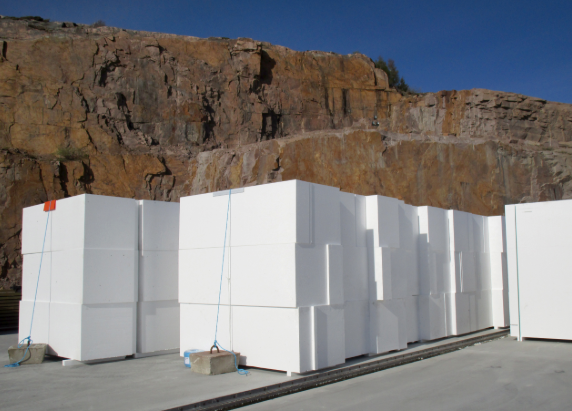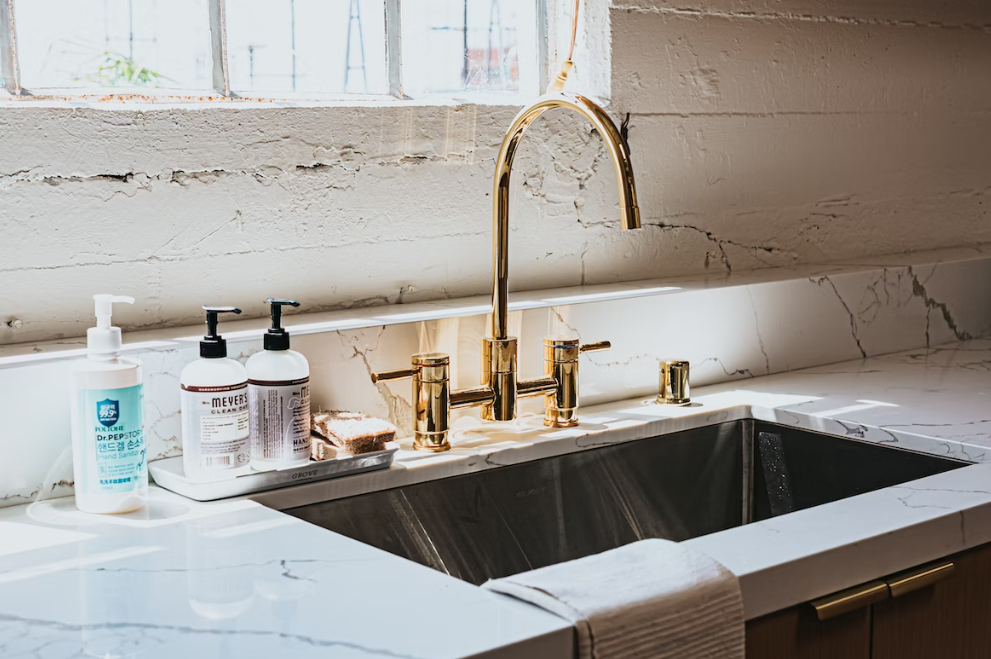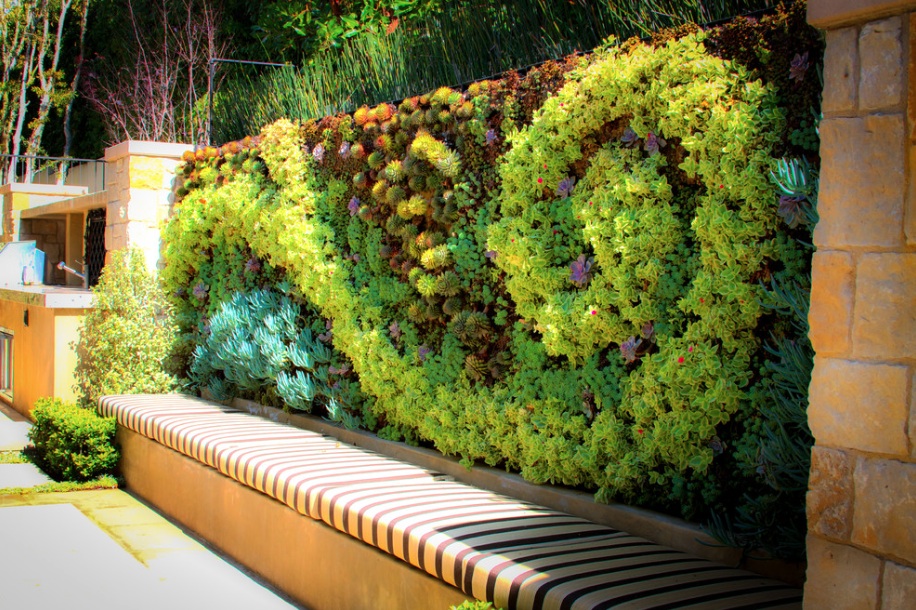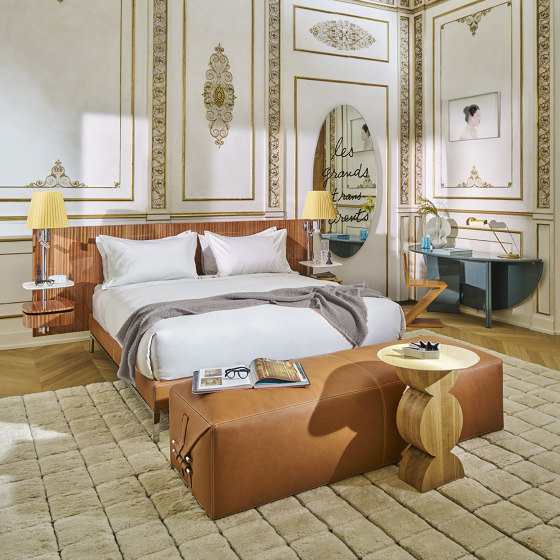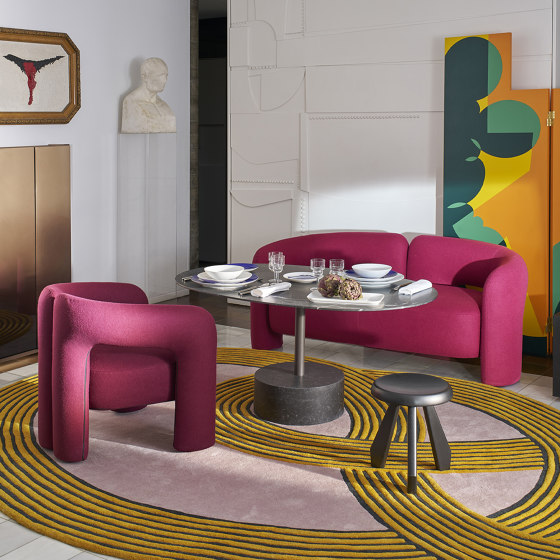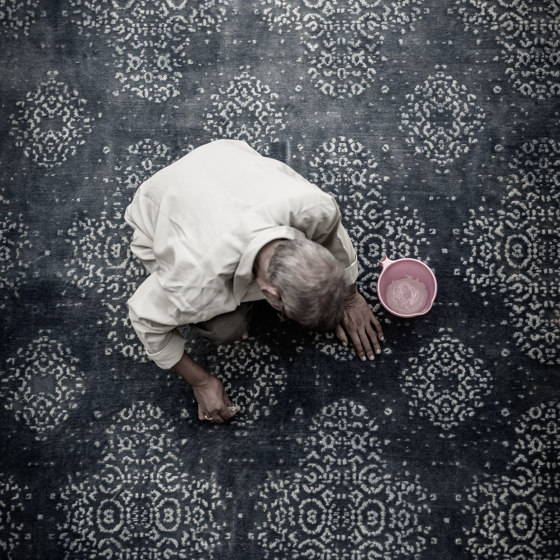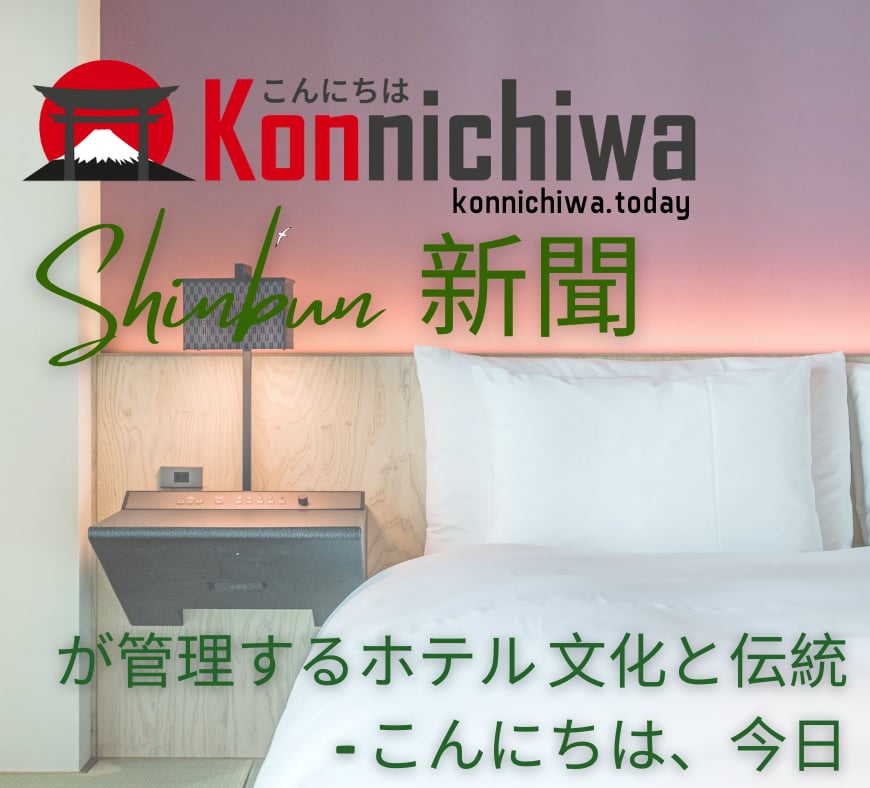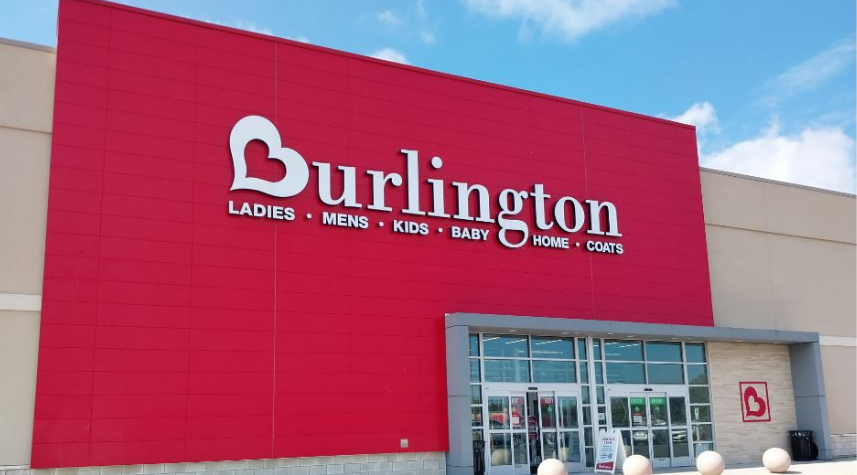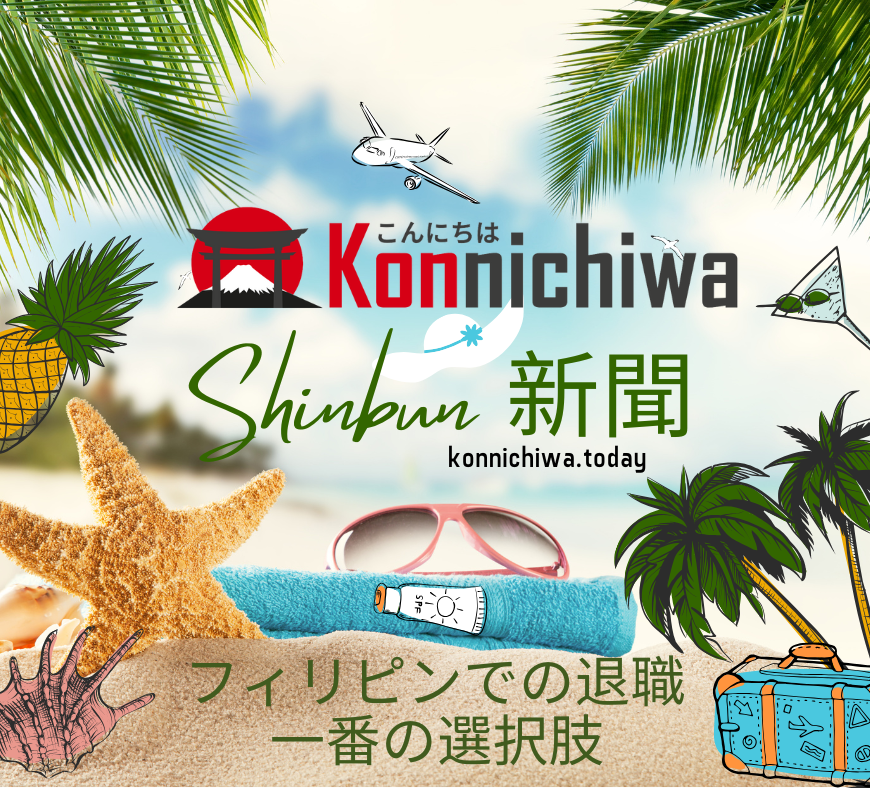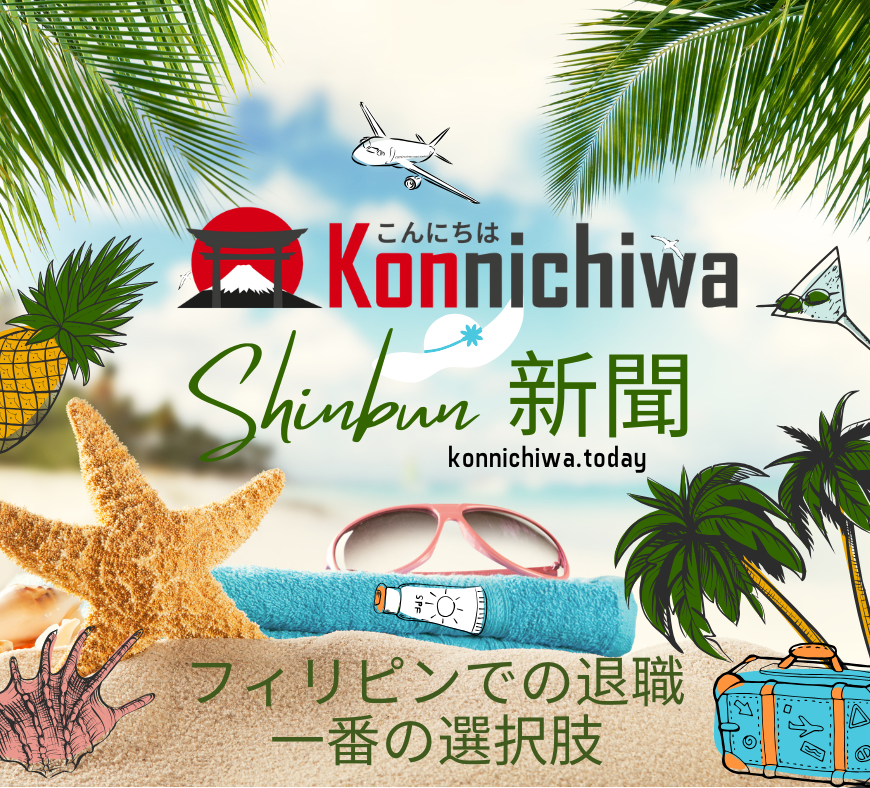Rethinking the intake process in interior design

This could be controversial, but firms who require a CIA-level dossier on the client’s project and/or budget before they even are allowed to speak to someone on the phone seems backward to me. I understand a few qualifying questions, but unless you are offering a full day of design as a service offering before a discovery call, I do not understand this approach.
Ask yourself, why would a busy professional want to spend their time filling out a form just to talk to someone about their project and how you work? They wouldn’t. And they shouldn’t have to. A thoughtful intake process should feel human, not transactional. The questions involved should come AFTER connection, not before it. And in my firm, this is after we have been engaged.
But even then, the form is just the first step
The questionnaire represents only the beginning of our discovery process. While the initial consultation typically serves as a broad fact-finding session, its primary function—at least for many designers—is to define the scope of work with enough details to establish an appropriate fee structure. At this early meeting, the discussion often centers around macro-level project goals rather than granular design preferences.
We follow up the completed questionnaire with a dedicated intake Zoom call. This gives us the chance to dig into the details, clarify anything vague or conflicting, and—most importantly—understand how the partnership is going to work for all involved. If we’re working with a couple, we want both voices. If one person says, “clean and classic” and the other says “edgy and modern,” we need to find the common ground before we’re knee-deep into design direction.
The intake process isn’t about collecting surface-level preferences. It’s about figuring out personality, expectations, lifestyle, and values. Done right, it’s the foundation for everything else.
Structure with intention and set the tone for the project
We approach the initial questionnaire like we approach any design— with purpose.
Starting broadly—lifestyle patterns, family needs, daily rituals. Then it narrows to design-specific priorities and emotional nuance. Some questions are fixed; others are tailored to the client’s unique scope. Think of it as a funnel—start big, refine down to where you get to a really good working place to begin creative ideation.
What are you really asking?
Yes, we ask about preferences. But the bigger goal is to understand why specific selections matter to a client. What do they signal emotionally? How do they tie into a client’s sense of comfort, identity, or routine?
We want to know what drives their decisions, how they navigate change, and what they are looking for from a designer as part of their team. Do they want full collaboration or full handoff? Do they love options, or do choices overwhelm them?
Are you setting a tone with your client from day one about the type of experience you are going to deliver? Not your wisdom and intellectual property, but your intention to take them on a journey? Is this important to your brand and could you do better here?
A good intake process should be a blueprint for your working relationship—and not just your design plans.
Ask questions that go deeper
Some of our most revealing questions are the ones clients don’t expect:
- What kind of vacation do you crave—structured itinerary or total spontaneity? Travel preferences often correlate to how someone wants to feel at home. A structured traveler may crave order and clarity; a wanderer may love softness, imperfection, and flexibility.
- What do you like to spend time doing on the weekends? This can tell you something valuable about what their free time does for their overall mental health and balance.
These answers give us more than preferences. They give us context. If a client needs order to feel calm or is most relaxed when surrounded by color and texture, that changes how we design and how we present.
Even asking, “Are you a collaborator or a ‘show me what I’ll love ‘type?” tells us volumes about how to lead the creative process.
Review, clarify and collaborate.
The follow-up Zoom meeting isn’t optional for us, it’s where clients can elaborate and we can clarify and get a chance to:
- Dive into any conflicting answers between partners
- Pick up on cues that don’t translate well in writing or covered in questions
- Build rapport and humanize the process before any decisions are made
Sometimes, clients say things offhand in that call that completely shift our understanding of what they need. That’s the point. One partner might dominate the written form. The other might speak up on the call. Or they might both be polite in writing and come to life when we ask the right follow-ups. That call lets us spot friction before it becomes a fire between the two partners too. Tip: If you cannot avoid this, laughingly say “I charge extra for marital counseling” and this slight rebuke often does the trick to tamp out the flames.
Yes, it’s a little more work on the front end. But it saves weeks of second-guessing later.
Bonus for my team – the designer that manages the project conducts the call as she is not on the initial consultation, so this helps build a bond with her and the client too.
Stop checking the box and start building trust
The intake process is about so much more than gathering logistics. It’s about reading between the lines, gently guiding to gain clarity, and earning the kind of trust that leads to easier approvals and more creative trust in the process.
Done right, this early intel becomes your strongest creative leverage. So, ask the weird questions. Challenge surface-level assumptions. Dare to be different, and watch how it transforms your design process into being more intentional, relational and layered, just like the end results you want to provide for the client.


